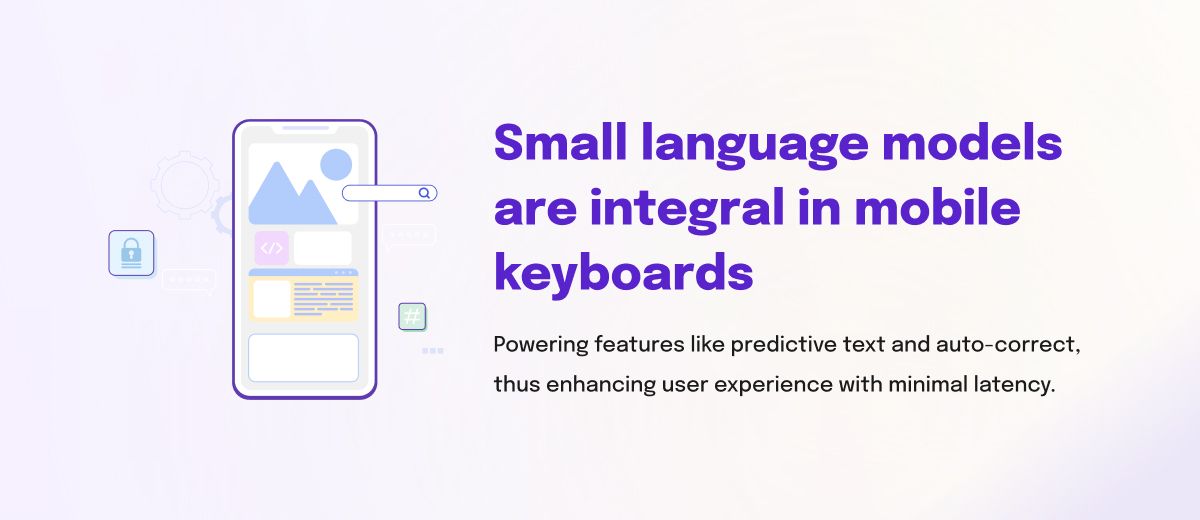In the dynamic world of artificial intelligence, small language models have emerged as critical drivers of innovation. While their larger counterparts often dominate the spotlight, these compact models play an equally vital role in advancing technology. Offering a unique blend of efficiency, adaptability, and practicality, small language models are reshaping how we interact with AI on a daily basis.

Understanding Small Language Models
Contrary to popular belief, size isn't always indicative of power in the realm of AI. Small language models are streamlined versions of larger models, but they pack a significant punch. These models require considerably less computational power and data to train, making them more accessible and cost-effective. This attribute is especially beneficial for small and medium-sized enterprises (SMEs) that may not have the resources to harness larger models.
Real-World Applications: From Text to Tech
- Mobile Technology: Small language models are integral in mobile keyboards, powering features like predictive text and auto-correct, thus enhancing user experience with minimal latency.

-
IoT and Edge Computing: In the Internet of Things (IoT), these models are ideal due to their compact nature, powering devices like smart speakers and home assistants.
-
E-Commerce and Retail: Small language models are revolutionizing customer service in retail and e-commerce, enabling efficient and responsive chatbot services.
-
Healthcare: They are instrumental in patient care, aiding in everything from scheduling appointments to providing basic health advice, thus freeing up valuable time for medical professionals.

The Efficiency Edge
Small language models offer significant advantages over their larger counterparts:
-
Resource Management: They run on less powerful hardware, democratizing access to advanced AI technology.
-
Agility: These models can be trained and updated swiftly, aligning perfectly with the rapid evolution of digital communication.
-
Sustainability: With lower computational demands, small language models contribute to a smaller carbon footprint, aligning with the growing need for sustainable technology solutions.
The Synergy of Small Language Models in Larger Ecosystems
The integration of small language models within larger systems creates a synergy that maximizes efficiency. In hybrid models, smaller components handle routine tasks, while more complex queries are reserved for larger models. This strategy ensures optimal resource allocation and maintains system agility.
Challenges and Ethical Considerations
Despite their potential, small language models come with their own set of challenges:
-
Data Bias and Fairness: Ensuring these models are free from biases and ethical dilemmas is a constant challenge, particularly when dealing with diverse and global user bases.
-
Security: As with any AI technology, ensuring the security of these models, especially when dealing with sensitive information, is paramount.
Future Trends: Expanding Horizons
The future of small language models is rife with possibilities:
-
Enhanced Capabilities: Continuous research is focusing on bridging the gap between the efficiency of small models and the power of larger ones.
-
Cross-Sector Adoption: From finance to education, various industries are beginning to realize the potential of these agile models.
-
Ethical AI: Future developments will likely emphasize the creation of ethically responsible and unbiased AI models.
Conclusion
The influence of small language models in the AI revolution is undeniable. They offer a perfect blend of agility, efficiency, and innovation, making them indispensable tools in the technological arsenal. As the AI landscape continues to evolve, these models will play a crucial role in shaping a future where technology is more accessible, efficient, and aligned with human needs.